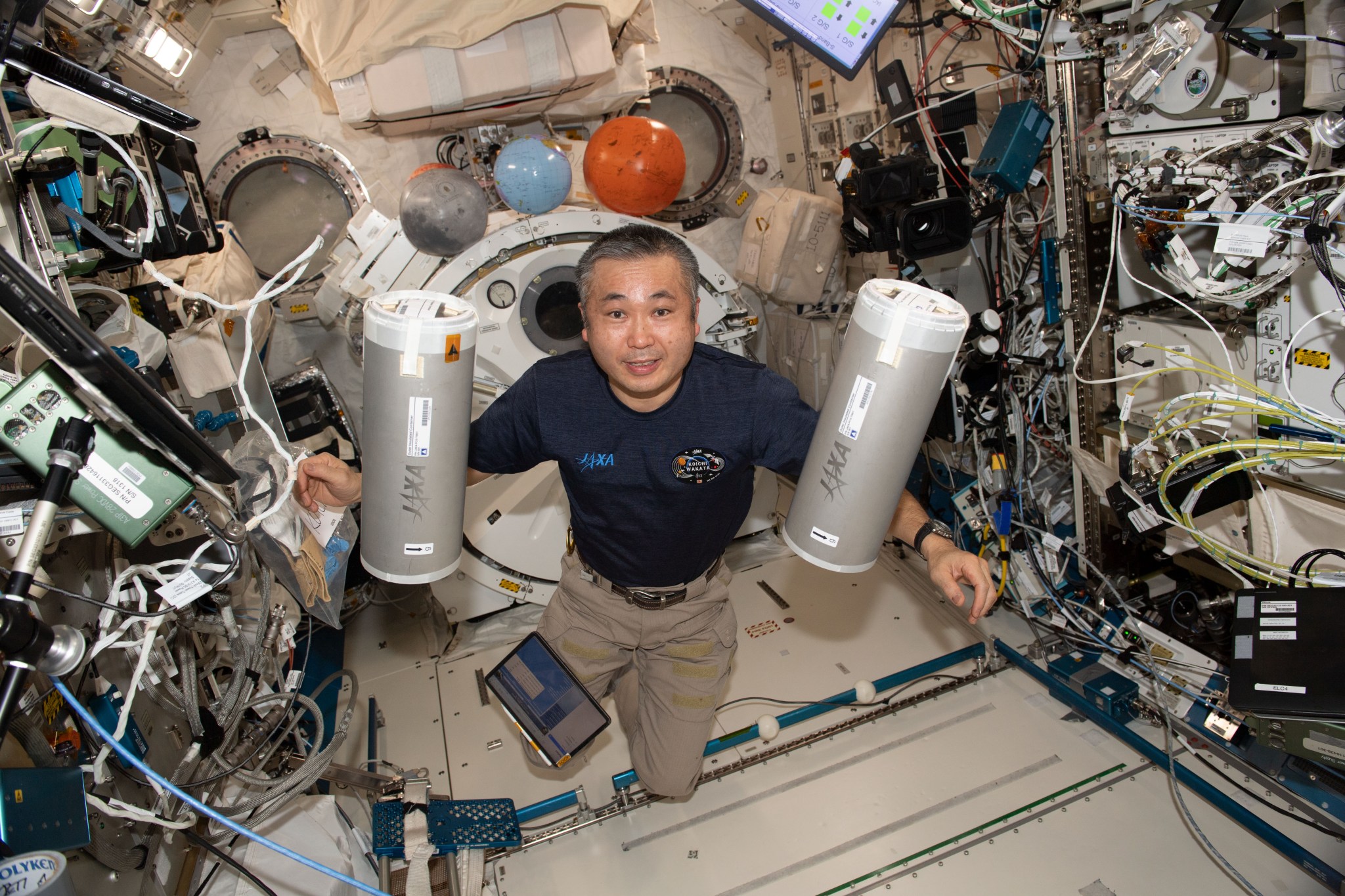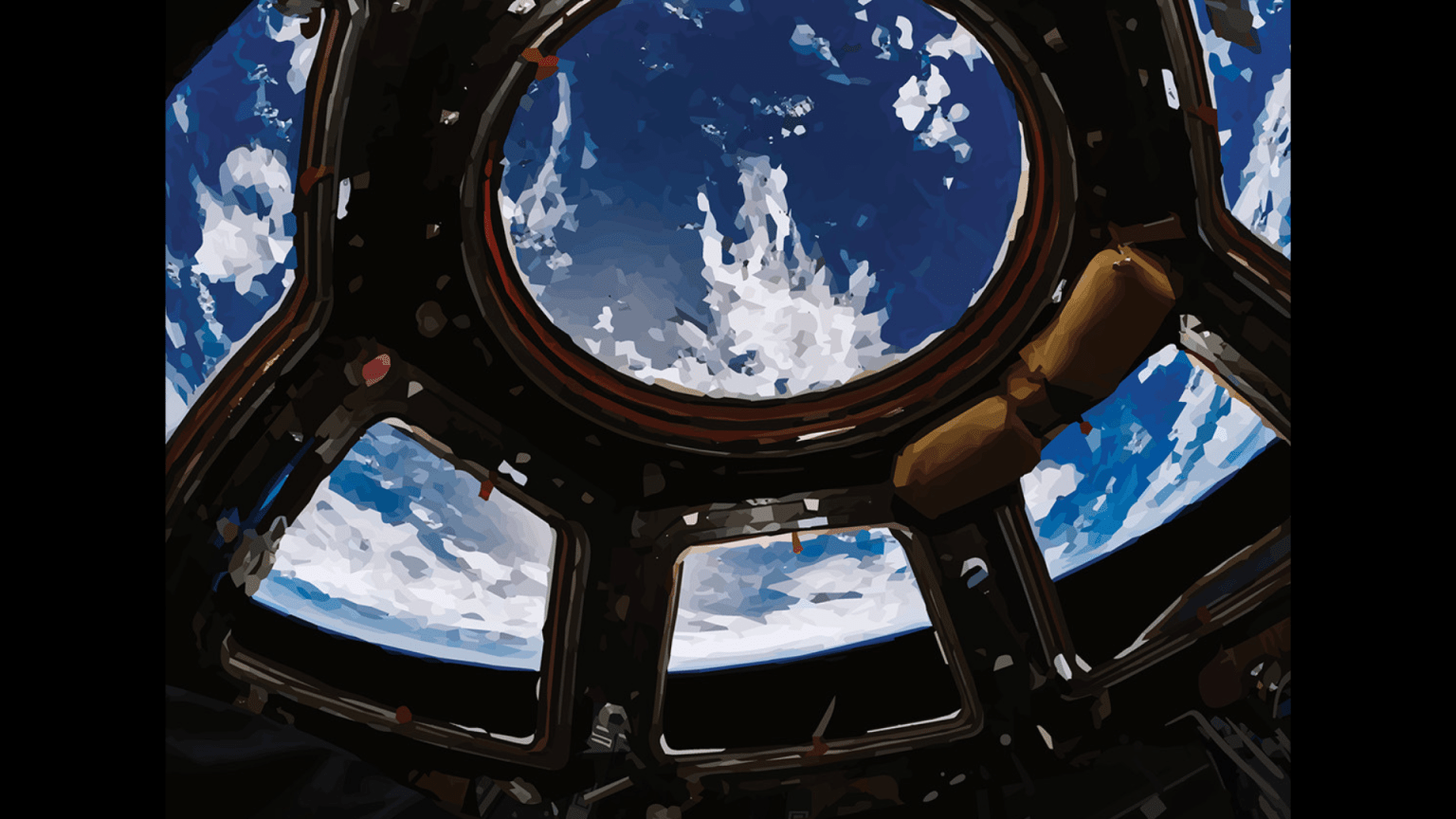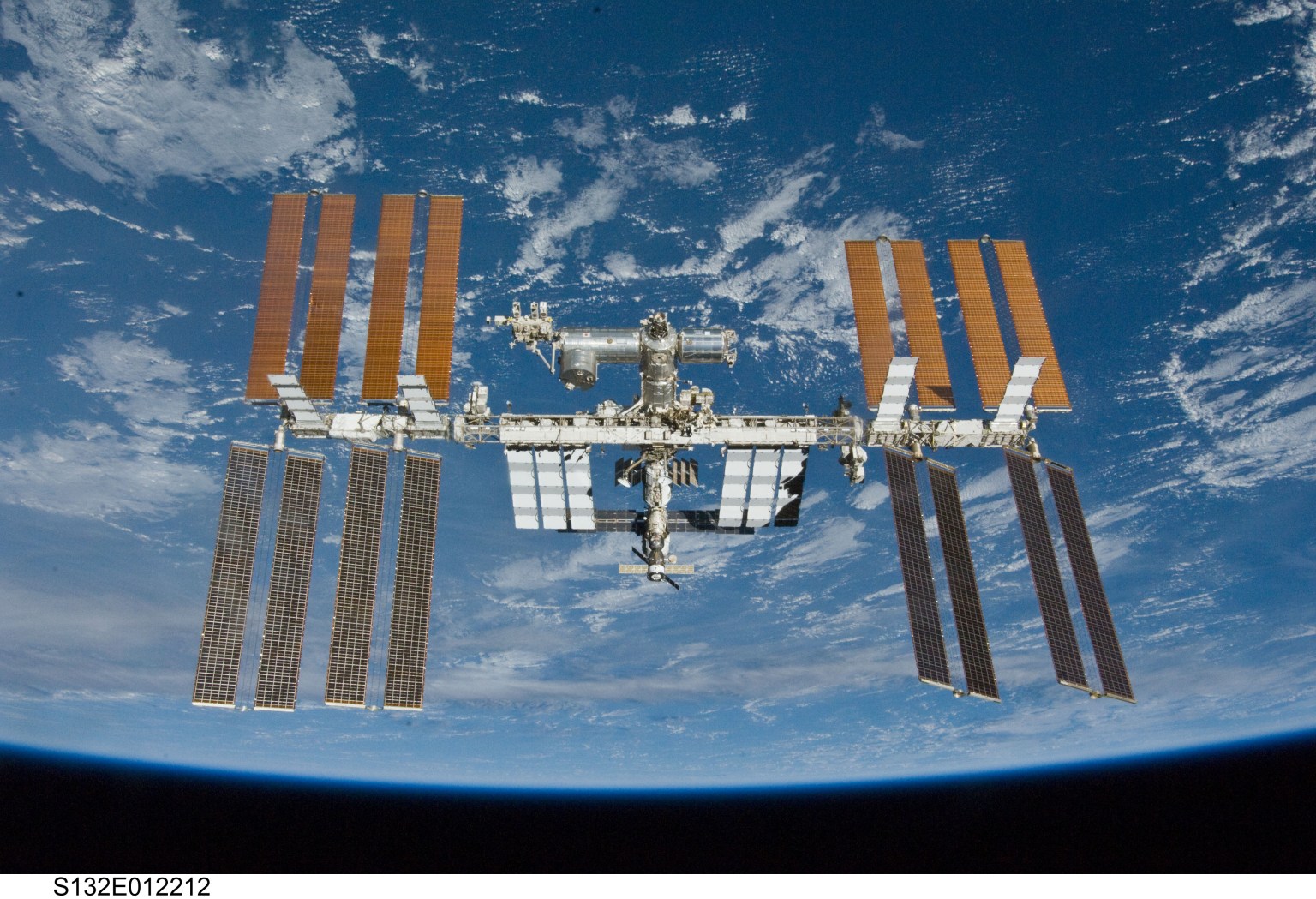For more than two decades, the International Space Station has provided a platform for growing and studying protein crystals. In the early days of microgravity research, scientists discovered that they protein crystals grown in space were more uniform and larger than those grown in Earth’s gravity. Since then, drug companies and academic researchers have conducted hundreds of protein crystal growth (PCG) experiments on the space station – by far the largest single category of experiments conducted on the orbiting lab.
Proteins are involved in every aspect of our lives, including as essential components of our immune system and as parts of viruses that can make us sick. When we take a medication, it binds to a specific protein in the body. This process changes the protein’s function – and if it works properly, that can make us well.
In many diseases, the proteins that can trigger the disease state fit into very specific locations, like a biological keyhole. The protein of a potential drug for treating that disease must be designed to fit that keyhole. A good key and keyhole fit results in a more effective medicine with fewer side effects, but to achieve that fit, scientists need detailed knowledge of the structure of both proteins. One of the best ways to analyze a protein structure is to grow it in crystalline form.
Since 2005, the Kristallizator program from the State Space Corporation Roscosmos has created single protein crystals especially suited for analysis using X-ray diffraction. One outcome of these studies was identifying the structure of a target for anti-tuberculosis drugs, which could help scientists develop a treatment.
JAXA (Japan Aerospace Exploration Agency) has been active in protein crystal growth research in microgravity, accounting for about two-thirds of all PCG experiments on the station. A series of studies, JAXA PCG, has provided precise structures of many protein types1 and has led to the discovery of potential drugs.
One of these studies examined the crystal structure of a protein associated with Duchenne Muscular Dystrophy (DMD), a currently incurable genetic disorder. The work provided hints for compounds that could inhibit the disease, leading to several promising compounds, including one called TAS-205. The research team estimates the drug may slow the progression of DMD by half, increasing the lifespan of many patients. A clinical trial2 in human patients was completed in 2017. Co-investigator Mitsugu Yamada of JAXA says a larger Phase 3 trial to examine the effectiveness of TAS-205 in situations similar to actual clinical use began in December 2020 and will continue until 2027.
JAXA Moderate Temperature PCG continued this work, producing high quality crystals to advance basic biochemical knowledge and support drug discovery.
In addition to creating completely new treatments, PCG research on station can lead to drug formulations that are easier to store and last longer – such as those stable at room temperature that eliminate the need for refrigeration. This modification lowers the cost and simplifies distribution of drugs.
PCG 5, work sponsored by the ISS National Lab, focused on how drugs known as monoclonal antibodies are given to patients. Monoclonal antibodies do not dissolve easily in liquid and typically are delivered intravenously, requiring a patient to spend hours in a clinic setting. High-quality crystalline suspensions produced3 by PCG 5 could enable delivery by injection, making treatment more convenient for patients and caregivers and significantly reducing cost.
Merck Research Laboratories, developer of a series of PCG experiments, produced simple hardware and processes that scientists from other disciplines can use to conduct microgravity research. JAXA has worked to increase interest in PCG research in microgravity as well, developing a technology for membrane protein crystallization, for example. Other studies have advanced the field of protein crystallization by producing4 new processes for growing high-quality crystals aboard the space station.
By providing a platform for PCG research, the space station plays a key role in bringing people on Earth new and better treatments for diseases.
Citations
1 Yamada M, Kihira K, Iwata M, Takahashi S, Inaka K, Tanaka H, Yoshizaki I. Protein crystallization in space and its contribution to drug development. Handbook of Space Pharmaceuticals. 2021 1-26. DOI: 10.1007/978-3-319-50909-9_40-1.
2 Komaki H, Maegaki Y, Matsumura T, Shiraishi K, Awano H, Nakamura A, Kinoshita A, Ogata K, Ishigaki K, Saitoh S, Funato M, Kuru S, Nakayama T, Iwata Y, Yajima H, Takeda S. Early phase 2 trial of TAS-205 in patients with Duchenne muscular dystrophy. Annals of Clinical and Translational Neurology. 2020 Feb;7(2):181-190. doi: 10.1002/acn3.50978.
3 Reichert P, Prosise W, Fischmann TO, Scapin G, Narasimhan C, Spinale AC, Polniak R, Yang X, Walsh E, Patel D, Benjamin W, Welch J, Simmons D, Strickland C. Pembrolizumab microgravity crystallization experimentation. npj Microgravity. 2019 December 2; 5(1): 1-8. DOI: 10.1038/s41526-019-0090-3.
4 Warzecha M, Verma L, Johnston BF, Palmer JC, Florence AJ, Vekilov PG. Olanzapine crystal symmetry originates in preformed centrosymmetric solute dimers. Nature Chemistry volume 12, pages914–920 (2020). doi.org/10.1038/s41557-020-0542-0.
Resources for Additional Learning
Crystallization of LRRK2 Under Microgravity Conditions-2 (CASIS PCG 16)
Structural and Crystallization Kinetics Analysis of Monoclonal Antibodies (Monoclonal Antibodies PCG)
Screening and Batch Manufacture of Complex Biotherapeutics in Microgravity (Monoclonal Antibodies PCG-2)
Monoclonal Antibody Stability in Microgravity-Formulation Study (CASIS PCG 19)
Crystallizing Proteins in Space Helping to Identify Potential Treatments for Diseases
20 Breakthroughs from 20 Years of Science aboard the International Space Station
Protein Crystal Growth on the International Space Station
Melissa Gaskill
International Space Station Program Science Office
Johnson Space Center































